In nice weather, the green areas just outside Brussels city centre are filled with people. These green spaces, such as the Bois de la Cambre park or Forêt de Soignes, offer people easy access to nature in the Belgian capital.
Statistically speaking, Brussels is actually quite a green city: half of the Brussels region is covered in green spaces.
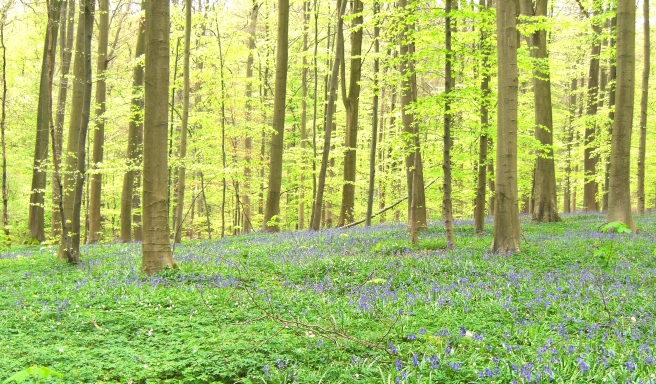
However, this greenery is distributed very unevenly within the region: 70 % of the green spaces are in the outer suburbs, while only 10 % is found in Brussels’ city centre.
The area around the European institutions is a good example of the lack of green areas in the city of Brussels:
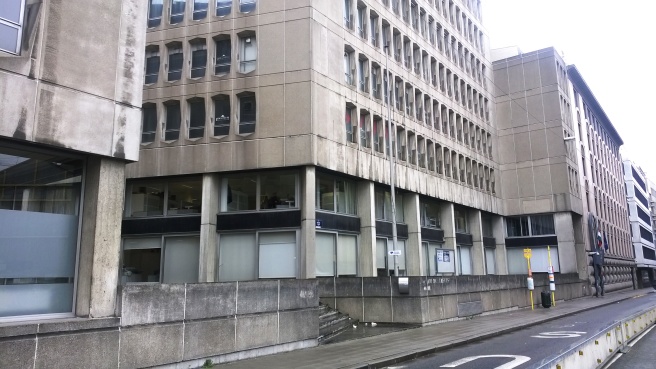
Would you enjoy living or working in this area? Unfortunately, many quarters in Brussels’ EU district are made up of grey concrete office buildings, large car lanes with very narrow pavements and lacking cycle paths, with no trees or greenery present. Sure, there are parks surrounding the EU area, such as the Cinquantanaire and Park Leopold, but outside these parks’ gates too many streets are left without absolutely any presence of nature.
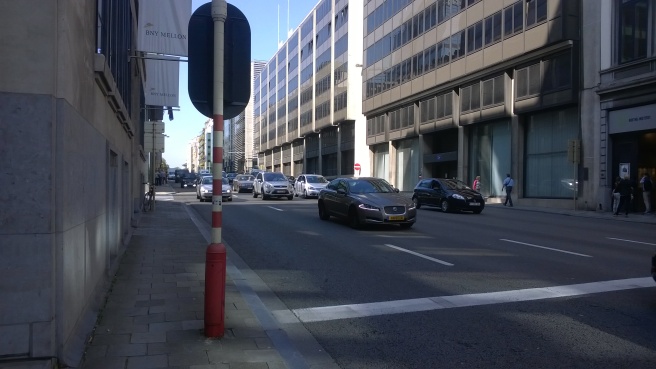
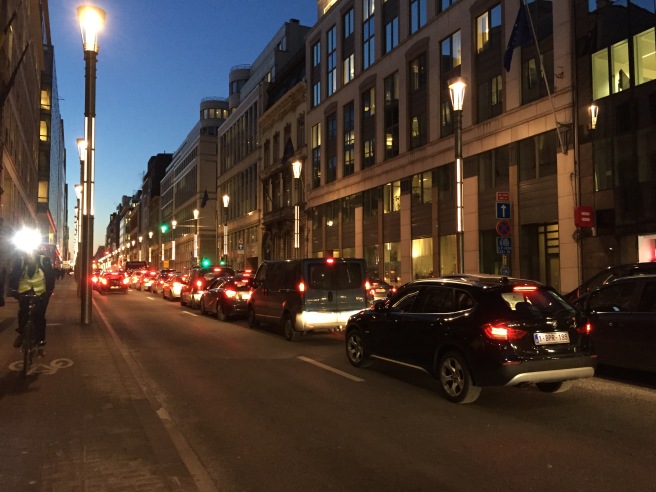
The EU quarter is not the only place in Brussels that lacks greenery. There are many potentially nice areas in the centre which have been turned into large car parks (see my earlier post on Sablon) or just covered in concrete without any consideration for liveability.
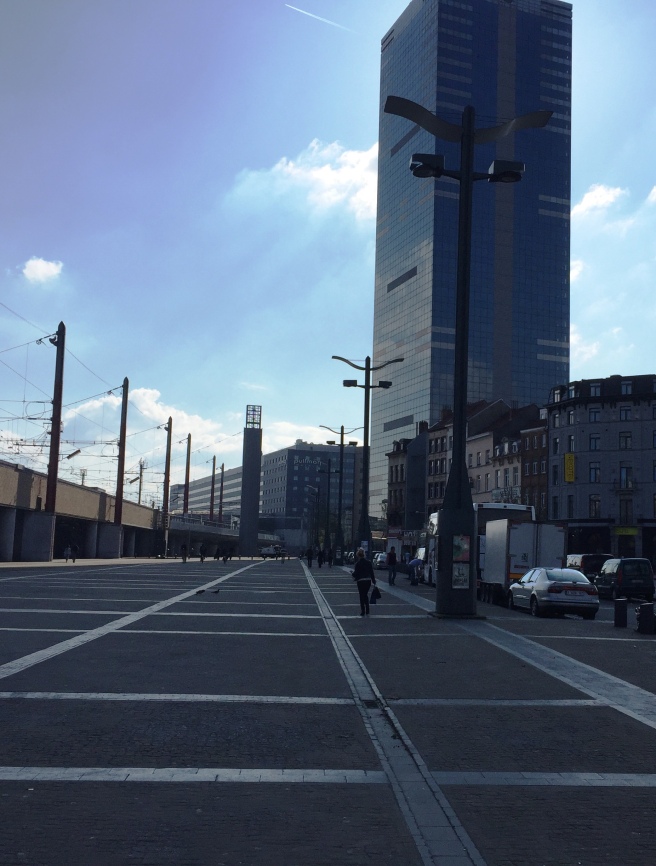
My guess is that these areas still suffer from the effects of Brusselisation, the unfortunate urban planning trend of the the 1960’s and 1970’s, which replaced many architecturally and historically valuable buildings with high-rise office blocks. As part of this development, many local neighbourhoods were scarred by massive car lanes and tunnels for the next decades to come. Today’s problems with Brussels’ tunnels are just one example of the costs that we have to pay for the mistakes that were made by politicians and urban planners of the time.

The value of urban green spaces
So much potential is wasted with urban spaces that lack green areas. Numerous studies show that green spaces bring a lot of value to society as a whole. Their environmental benefits are huge: parks and other green areas provide important ecosystem services by acting as barriers against floods and storms, by cleaning urban air, filtering out noise and regulating temperatures during extreme weather, as well as preserving biodiversity in cities.
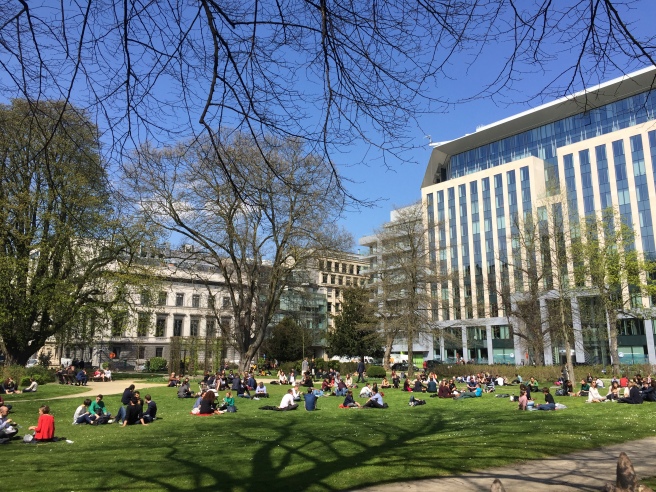
Green spaces also contribute to health in many ways, for example by promoting physical activity – just think of all those people jogging and kids playing football in parks when the weather starts getting nice!
According to an estimate by Natural England, if everyone in the UK had easy access to green spaces, it would save the country’s healthcare system £2.1 billion per year.
In addition, there are many social and economic factors related to green spaces as well: properties located near green areas often have a higher value, whereas people living in (urban) deprived areas are less likely to have access to green spaces.
The Financial Times recently ran an article on how attractive parks, such as the Central Park in New York or Hyde Park in London, pump up local economies (FT 6.2.2016). Businesses are aware of this recreational value: people simply like spending time in attractive places that include a bit of greenery.
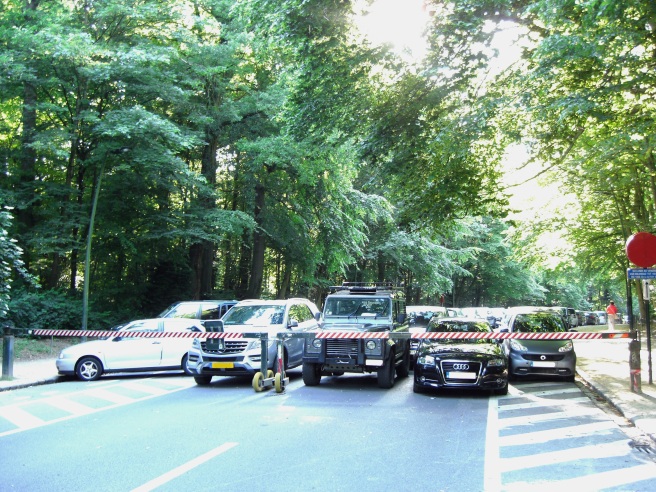
All in all, Brussels is losing out on not investing in more green spaces in its city centre. People do not want to live or work in grey concrete quarters, but rather have a city which is liveable and enjoyable. Sadly, funding for urban spaces is decreasing in many cities around the world (FT 6.2.2016), as their benefits are undervalued. It is, however, important that green spaces are integrated as part of urban planning from the start. Every block/quarter should have some form of greenery available for city residents to enjoy every day.
Thanks for another brilliant post. The lack of green space in this city is truly puzzling. It’s not clear why Brussels Region hates trees so much. Every time there is a development concrete and bricks are favoured over living vegetation. Think of the space near Rue Neuve outside the Opera – no trees. And the alleys near it – no trees. There was ample space to put in some vegetation, but they preferred grey and stone. Let’s hope it comes to an end!
LikeLike